Understanding Postpartum Hair Loss
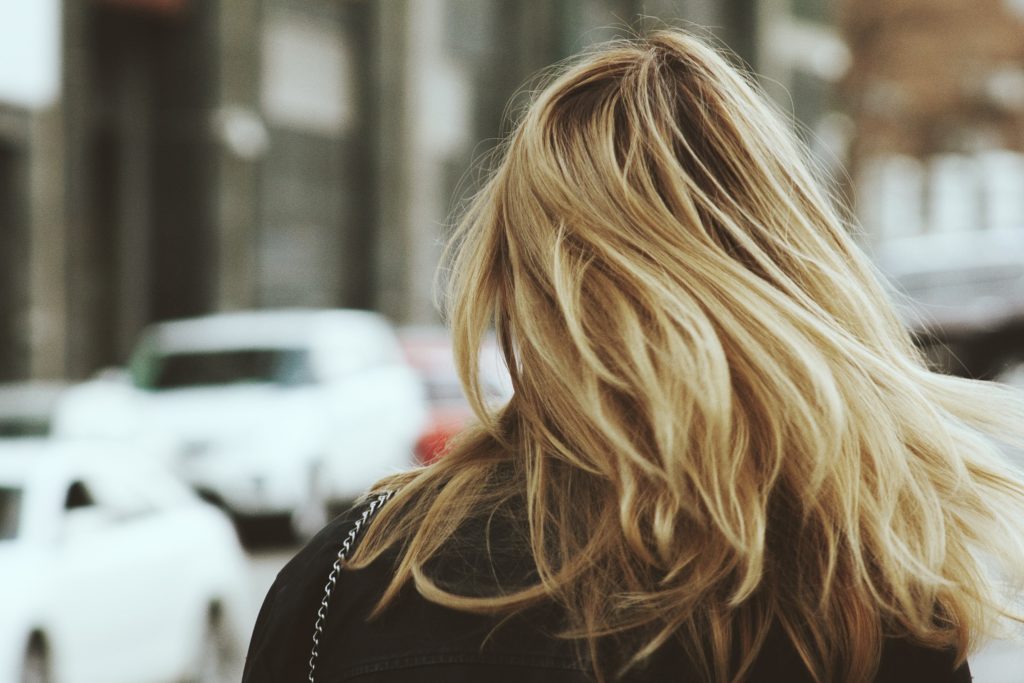
Whenever I need a good laugh, I revisit my pre-pregnancy mentality. I honestly thought I was this tough chick that wouldn’t be affected by anything from morning sickness, baby blues, and postpartum hair loss. LOL.
Holy shit was I wrong — Whatta slice of humble pie. I experienced the gamut, and as I write this post at 17 months postpartum, continue to experience the fallouts of pregnancy.
A few months after I had Luke, I remember sitting on my bathroom floor holding two handfuls of hair, riddled with hormonal acne, clogged milk ducts, and thinking to myself, “WHAT. THE. LITERAL. FAHK. IS. THIS?” I actually said to my husband, “Good luck ever getting a boner ever again, because this is who I am now. A pre-teen with a receding hairline, and a body that could be mistaken for a Shel Silverstein illustration.”
Dramatic? Oh, yah. Was it how I felt? Truly.
For whatever reason, the hair loss was what put me over the edge in terms of the physical changes that accompany childbirth. If my husband had to snake our drain once, he did it 100 times. I’m BLESSED with a head of thick hair, made thicker and fuller during pregnancy, all of which fell out in droves throughout my early postpartum months leaving me a with a halo of baby hairs that frizzes to perfection the moment an ounce of humidity graces this earth.
Feeling lost, I did what I always do when I don’t understand something – scour the depths of the internet to learn as much as I can. Yes, I was interested in the science behind postpartum hair loss, but really, I was just desperate to not look like a hot mess, and I assumed if I understood it, I could deal with it.
Hair Growth 101
Human hair has a growth phase and a resting phase, and while they can vary in length depending on the individual, they last around three years and three months, respectively. In its resting state, hair stays in its follicle until it’s pushed out by the growth of the new, growing hair. The hair then sheds, and finally, experiences a period of regrowth. That being said, the majority of hair is in a growth phase at any given time.
When you’re pregnant, hormonal changes are aplenty, and one of the side effects is an increase of hairs in the growth phase and a decrease in the resting period. Makes sense, right? So many women, myself included, enjoy a thicker head of hair as their bump grows.
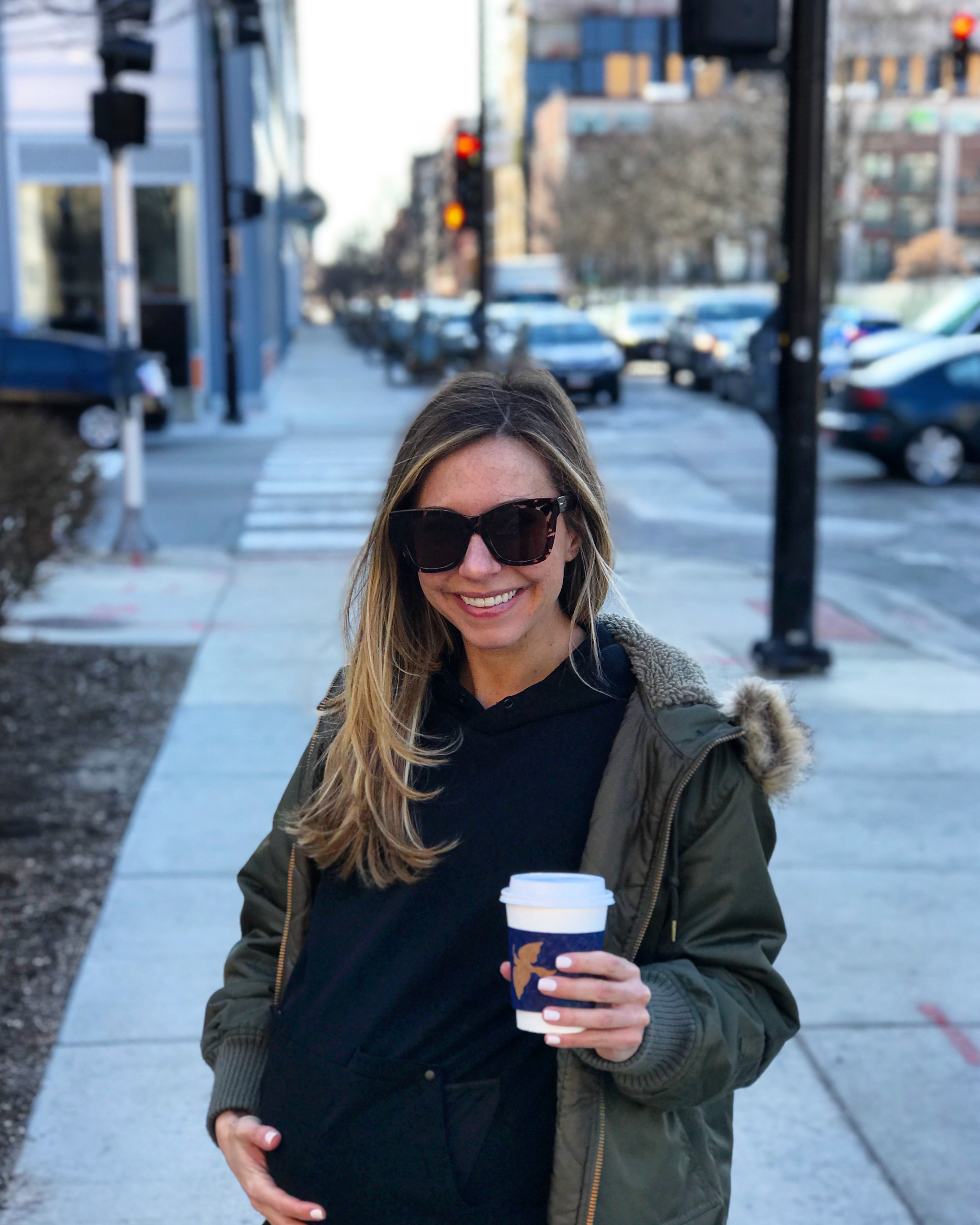
On my due date, the size of a whale, but with actual perfect hair. Life is SUCH a trade-off.
Postpartum Hair Loss
Postpartum hair loss, medically classified as telogen effluvium, results from the stress of childbirth, which causes hair roots to enter its resting state prematurely. When your body experiences a traumatic event (and giving birth is traumatic), it uses its resources as efficiently as possible to heal as quickly as possible.
Hair isn’t required for survival. Therefore your body naturally takes energy away from regrowth and puts it towards the energy to regain the strength of your pelvic floor, heal the vagina and abdomen, contract the uterus, breastfeed, etc.
The above results in hair loss! Immediately, I felt better knowing my body was doing what it was supposed to do.
Postpartum hair loss commonly starts around three months postpartum and last anywhere between one and twelve months. As I mentioned, this process is a result of trauma or stress, and I’d go so far as to say the entire first year of having a newborn is just about the most stress you’ll experience in your life to date. According to KellyMom*, most women will return to their usual hair growth cycle within a year of giving birth.
*By the way, if you’re breastfeeding or interested in breastfeeding, KellyMom was my ULTIMATE destination for information and education. I still use it as a parenting and educational destination.
How to Keep Your Hair as Healthy as Possible
While experts say, “no treatment is needed for most cases of telogen effluvium,” there are a few things you can do to minimize the appearance of hair loss.
- Get a good haircut to eliminate split or dead ends.
- Experiment with your part, if you’ve got excessive shedding in any one given area going from a middle to side part or vice versa can help cover up any receding areas or patches.
- Use hair products that promote volume.
- Avoid heavy conditioners that will make thinner hair look limp.
- Don’t use a brush or comb that pulls or stresses the hair.
- Minimize the use of headbands, pins, barrettes, etc. that will pull at the root.
I made an appointment for a color and trim around four months postpartum, and my hairstylist was CLEAR that she did NOT do drastic cuts for moms within the first year of their newborn’s life. She claimed, “There’s too much change as it is with a baby, new moms underestimate the emotional implications a brand new haircut can bring, and therefore I don’t do it.” I have to tell you; she’s not wrong.
My colorist agreed and mentioned she didn’t know of any topical treatments that prevent such hair loss, but she encouraged me to invest in quality hair products to reduce knots, tangles, and stress applied to the follicle. If you read THIS post, you know I think it’s money well spent. The difference I saw in my hair after using Virtue as opposed to whatever was on sale at Target was immediate.
If you’re looking to be extra cautious, you may want to consider taking a break from hair coloring. I couldn’t do it tho – I was feeling so dull and blah, I needed a refresh in a significant way.
My Postpartum Haircare Routine
The above is science-based, and the below is what works best for ME. What works for you will be a personal preference, but hopefully, this helps you brainstorm.
I kept my washes to once a week, mostly air-dried my hair, and only use hot tools to smooth and style. The Virtue Labs Full Shampoo and Conditioner is specially developed to add volume and density to fine, limp hair strands, and because of that, it’s very lightweight. My hair is far from fine, but I wanted something that wouldn’t weigh me down, so I started to use products that were made to do the opposite.
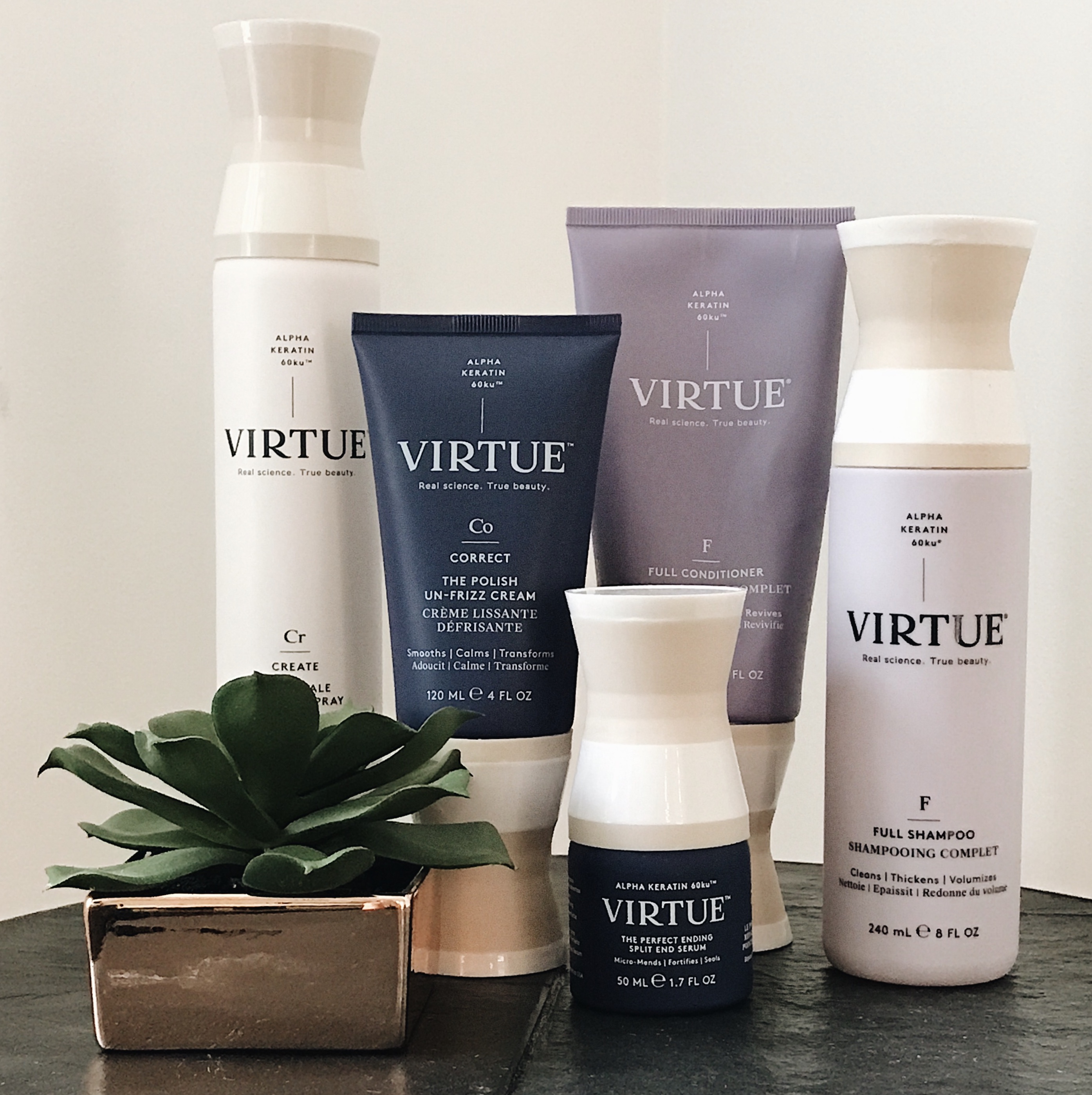
I try to keep my hair down as often as possible but use no-crease hair ties at nighttime. These hair ties are the only ones that don’t dent my hair, so I swear by them. Postpartum night sweats are a FORCE. (May I say those hair ties that look like phone cords are total bullshit? NOTHING could take those kinks out)
Then, I found an “in-between washes” style that worked for me. I used to wear topknots all the time but switched to a low bun. The baby hair flyaways were too much to handle and NOT attractive.
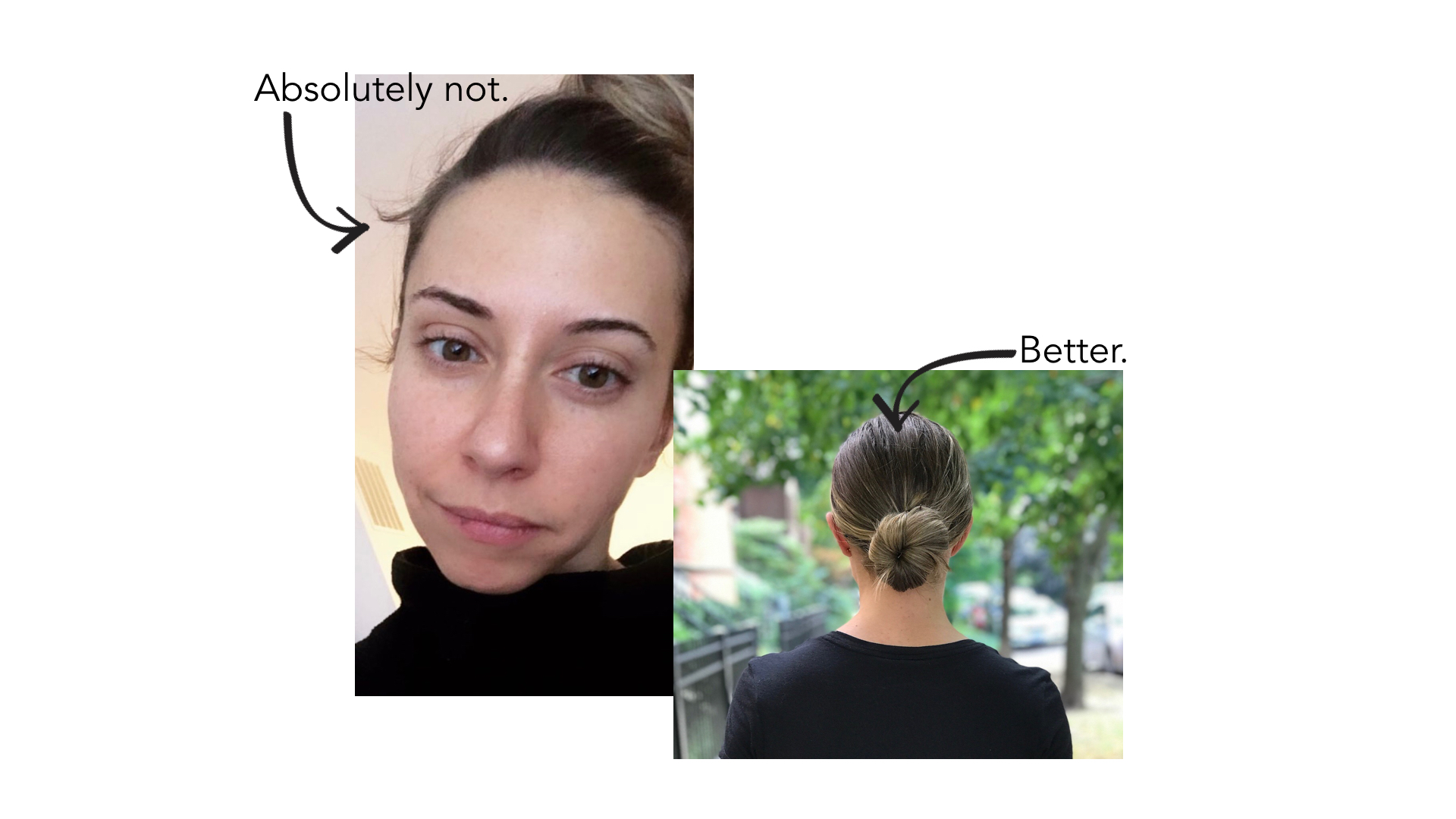
The topknot thing was no longer working, so I went for a new look on-the-go. Thank you to YouTube for the how-to videos on how to nail the low bun. For real. Nothing is more irritating than taking forever to get ready. I’m not above a good tutorial to learn something new in ANY area of my life.
Speaking of those baby hairs – they are fahkin’ ruthless. I use the Virtue Split End Serum or Anti-Frizz Cream on dry hair to smooth them out and top everything off with a dusting of Shaping Spray. Bai!
To be clear…
I should acknowledge that I am a nobody who is not an influencer nor has zero expertise in beauty, or hairstyling. BUT I AM a full-time working mom with a side hustle and having an efficient routine that makes me feel good has been a game-changer for me. Having the ability to get on and myself out the door in 20 minutes flat so I can get on with my life alleviates so much frustration and is therefore invaluable. I share all of this in hopes of encouraging you to do the same. If you’re looking for some more inspo, check out this post on my skincare/makeup routine. It’s the facial equivalent to Steve Jobs’ black turtleneck.
In Conclusion
There is no independent research, to my knowledge, which proves supplements, a pre-natal, or any other type of diet decreases post-partum hair loss. If you know of one, feel free to send my way. Obviously, the better your nutrition, the better you feel. And that goes for hydration too. A well-rounded diet, coupled with the above helped me feel beautiful during a time where I needed a little extra boost. And now it makes for a quick routine that saves me a ton of time with a wild toddler.
My postpartum hair loss reached its peak around five months postpartum and subsided around seven months. The baby hair halo signifies regrowth is in full force. So while those stragglers are out of control, they’re a good sign. If you’re concerned your hair loss is greater than normal then go see your doctor.
Another heartfelt thank you, Virtue, for working with me. It’s a real honor, and I genuinely appreciate the value these products bring to my confidence and routine.


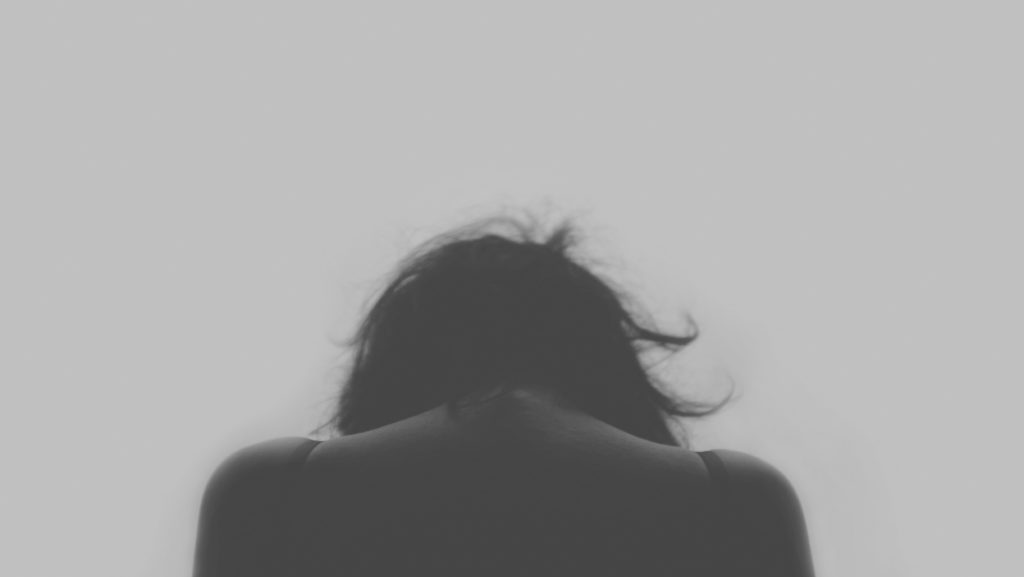
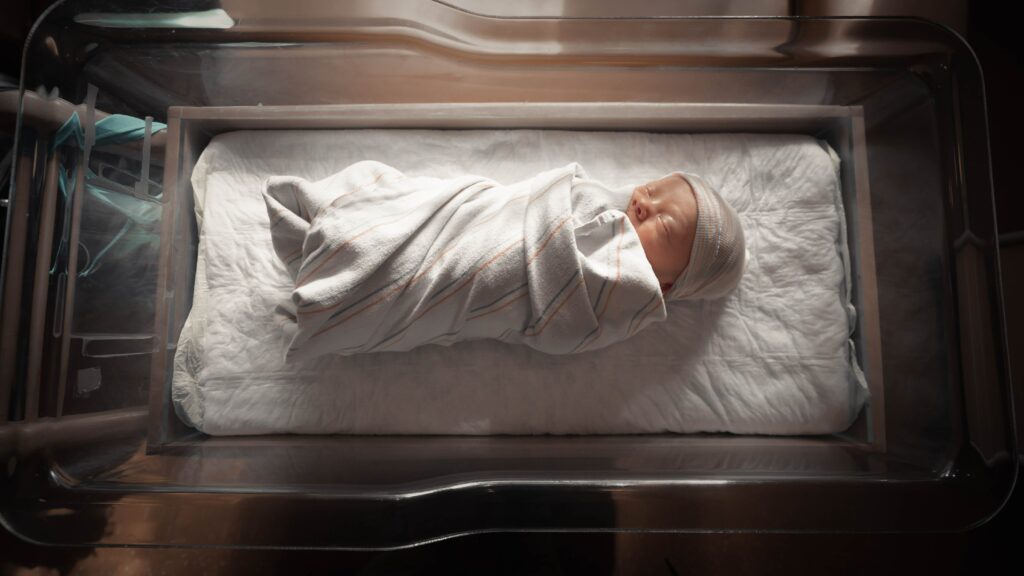
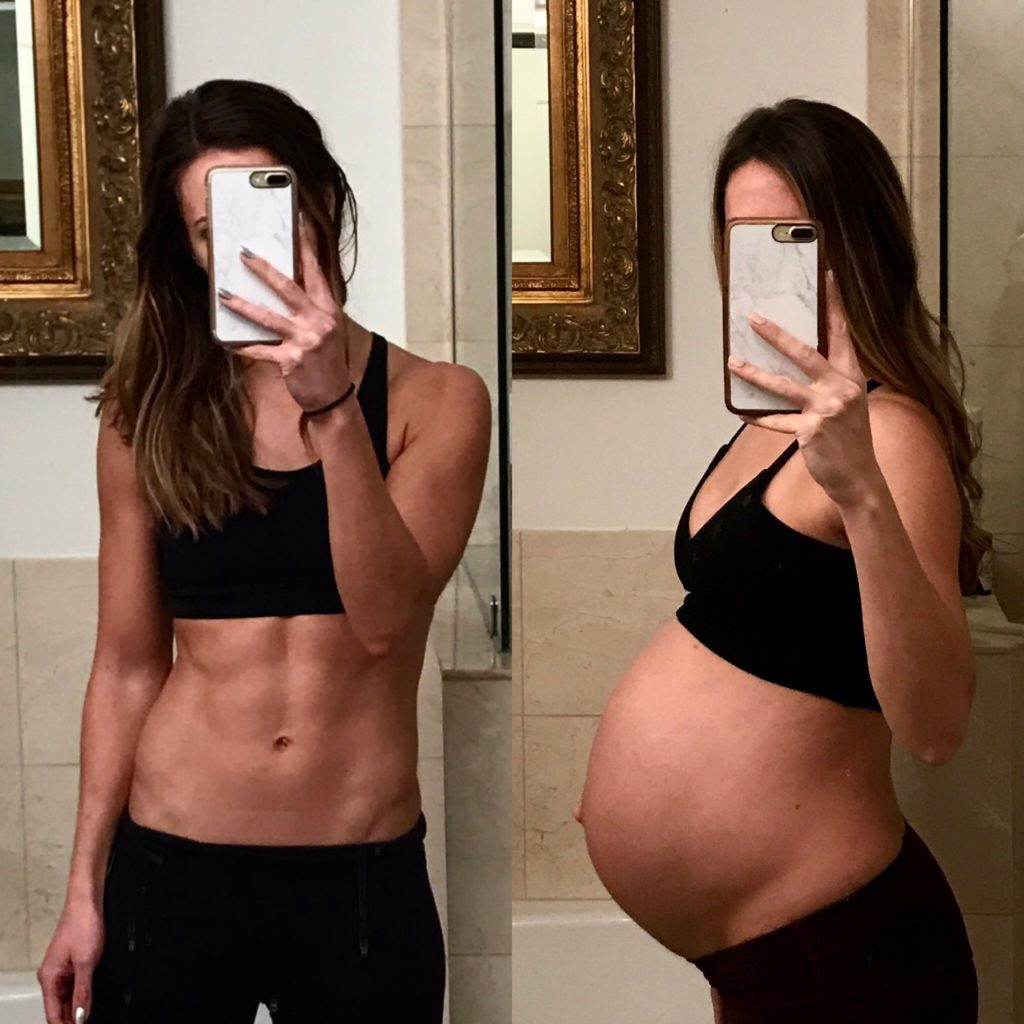
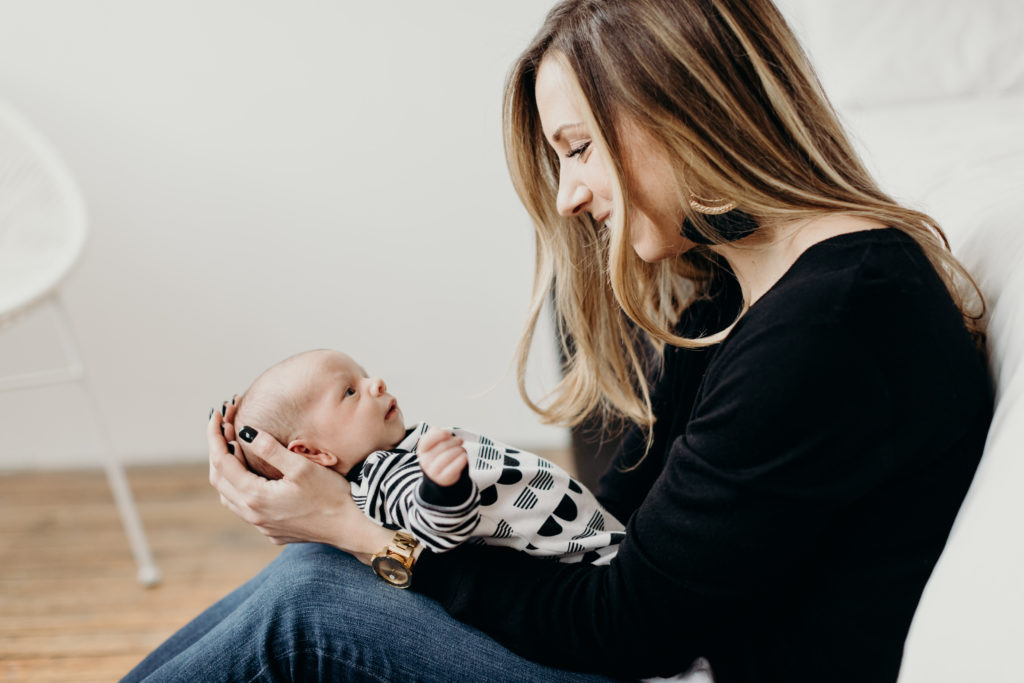
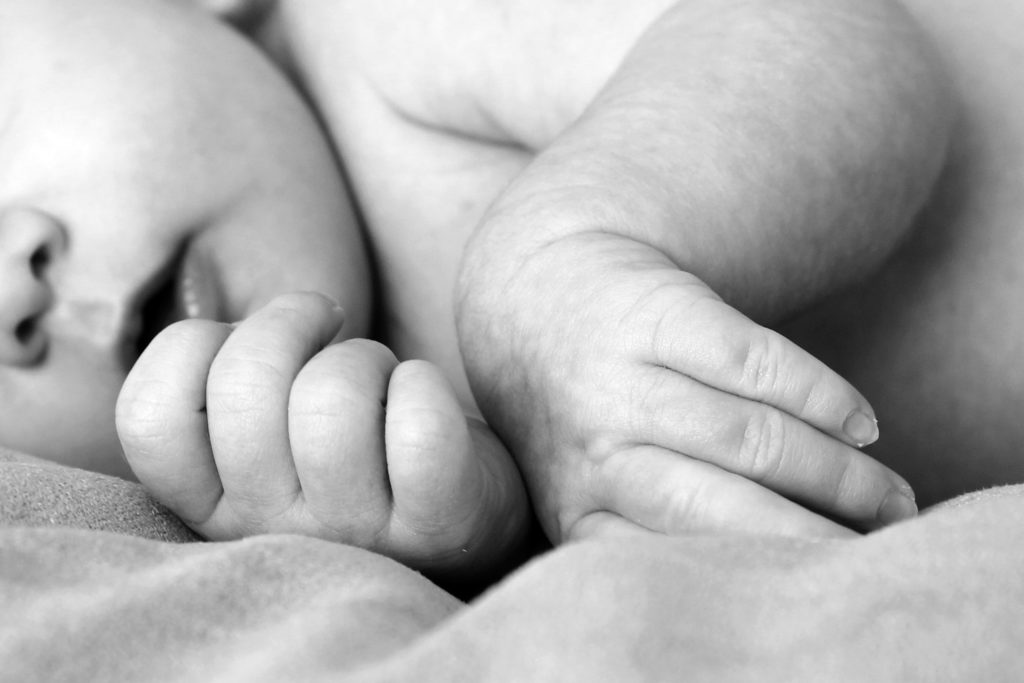
Thank you for this post. Definitely going to check out virtue and your routine. I will share one of the best things that helped me my second pregnancy was a postpartum hair loss vitamin from baby blues (www.babyblues.care) mean’t to replenish vitamins to support hair growth and hair texture after baby. It’s actually been really effective in making my hair not feel so thin and speed up that baby hair growth. Appreciate how candid you were!
Best thing I found for postpartum hair loss is these gummies from Baby Blues : https://babyblues.care/ They have collagen and biotin, zinc, b12, vitamin d – other hair vitamins but actually was really effective in growing that crazy spiky regrowth fast. Definitely recommend.
I took the baby blues postpartum hair vitamins. Helped the new baby hairs grow back much faster!